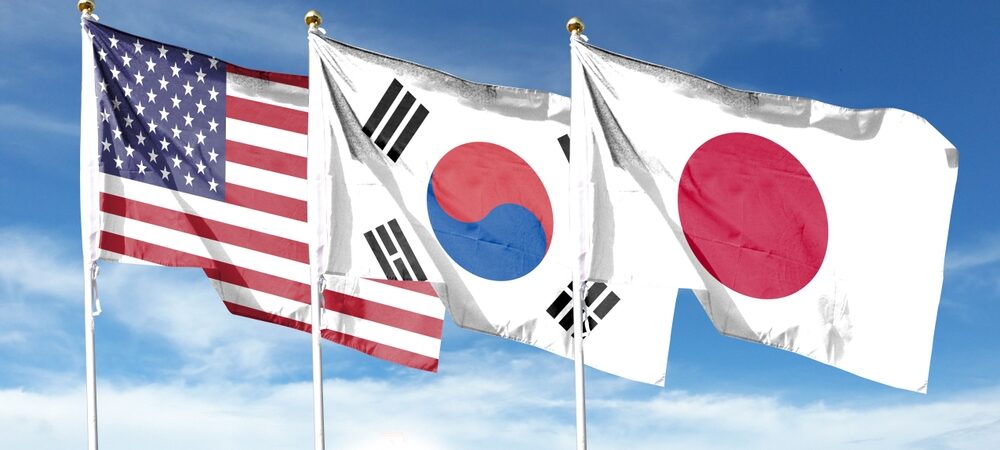The Lee Jae Myung administration has put forward clear economic reasons why Korea needs a different trade arrangement with the United States than the one Japan accepted. However, if Korea is going to invest $350 billion in the United States, it should also push for the flexibility to take big bets on innovative projects rather than simply provide funds for the Trump administration to utilize.
Japan’s agreement with the United States has a few components. While there is a Consultation Committee that makes recommendations to the Investment Committee, only the Consultation Committee will have Japanese representation. The Investment Committee has no obligation to take the advice of the Consultation Committee, and ultimately the President of the United States is the one who is empowered to select the projects from the Investment Committee’s recommendations.
Japan has very few certainties under the agreement. It can decline projects, but then the United States can reimpose higher tariffs. The agreement also creates no legally binding rights, meaning that Japan has no certainty that the Trump administration will not impose new tariffs later for a different reason.
Because the Trump administration is pushing for cash up front rather than loans or credit guarantees, Korea’s agreement would draw the vast majority of the country’s reported $416 billion in foreign currency reserves. Without a currency swap arrangement, providing the United States with $350 billion up front in cash risks a sharp decline in the won and capital flight.
But there is a more fundamental reason why Korea should push for a different type of arrangement. Any tariff agreement should include the flexibility to let Korea invest in the most innovative and forward-looking projects possible.
Critical minerals are one potential area for growth. There is a consensus that the United States, Korea and other nations need to do more to develop secure critical mineral supply chains that aren’t dependent on China. Earlier this year, China restricted the export of seven critical minerals and rare earth magnets in response to U.S. tariffs.
Those restrictions, however, did not just impact the United States. One of the minerals restricted was dysprosium, which is used to make permanent magnets for wind turbines, electric vehicles and medical devices. Due to China’s export restrictions, Korea’s automotive industry faced a shortage of dysprosium this past summer. The Korea Institute for International Economic Policy estimated that these restrictions on critical minerals and rare earth magnets by China could result in a decline of up to 24.4 percent for auto parts exports and 10.8 percent for secondary batteries.
Despite China’s export controls being a response to U.S. policy, Korea and other countries are also shouldering the burden. More importantly, China’s use of export restrictions demonstrates that Beijing is willing to use its near-monopoly on these products for leverage against other countries.
Using some of the $350 billion investment for new technologies that may be commercially risky would benefit both countries. A few years ago, I took part in a meeting with the executive of a large mining company. The executive described how critical minerals are lost in the waste product of the mining process. I asked why the company didn’t extract other critical minerals from the waste, given the demand to secure new non-Chinese supplies. Their response was that they weren’t willing to risk company profits on what they viewed as an uncertain venture.
But investing in extracting critical minerals from the waste product of existing mining operations is one of the potential pathways to creating new, secure supply chains. New research from the Colorado School of Mines estimates that the United States could meet its demand for critical minerals by mining them from the waste of existing mining operations. Solving this problem would provide real economic and national security benefits to the United States and Korea.
Another way to address the critical minerals and rare earth magnet issue is through new technologies. Niron Magnetics, a new U.S. startup with investment from Samsung, is building a factory to produce the world’s first magnets without rare earth minerals. If its process proves successful for mass production, the U.S. and Korea should be looking to provide further investment in similar firms.
Investments in new technologies and startups will not always pan out. Because of the risks, they are not always ventures that the private sector will invest in. This makes the new investment fund from Korea a potential once-in-a-generation opportunity. Korea should push for the flexibility to make these types of investments rather than to be boxed in by a committee that, based on the Trump administration’s track record, is more likely to recommend what it believes President Trump wants than what is the best investment for the future.
To read the full opinion piece, please click here.


